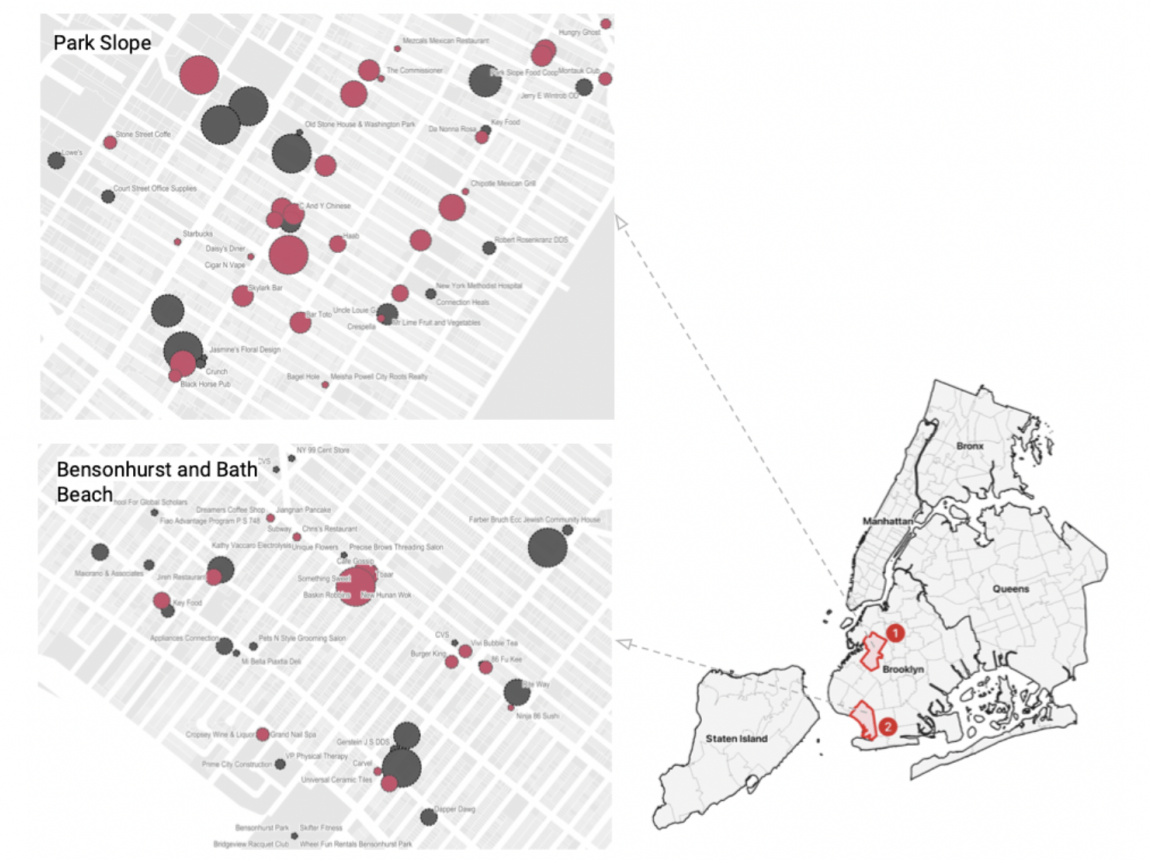Paper
View all working papers
Working Paper
/ Jun 06,2023
Take the Q Train
Value Capture of Public Infrastructure Projects
by
Arpit Gupta, Stijn Van Nieuwerburgh, Constantine Kontokosta
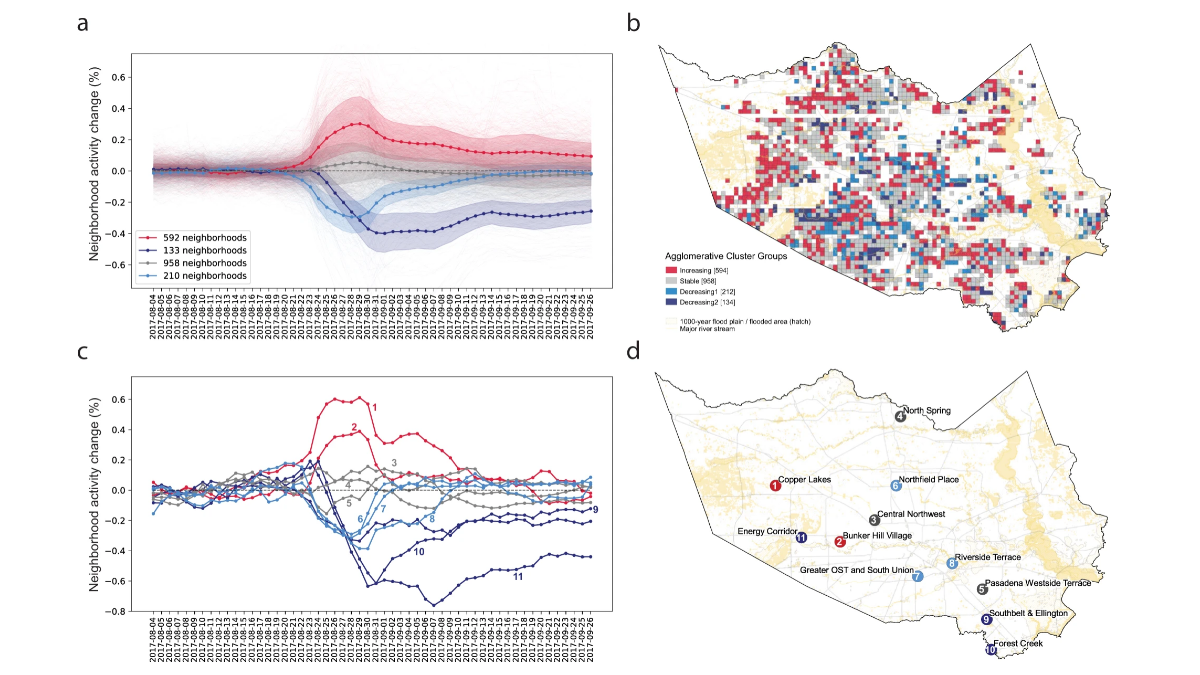
Paper
/ Apr 21,2021
Inequality in Resilience to Natural Disasters
Using Large-scale Mobility Data as Measurement
by
Constantine Kontokosta, Arpit Gupta, Bartosz Bończak, Boyeong Hong
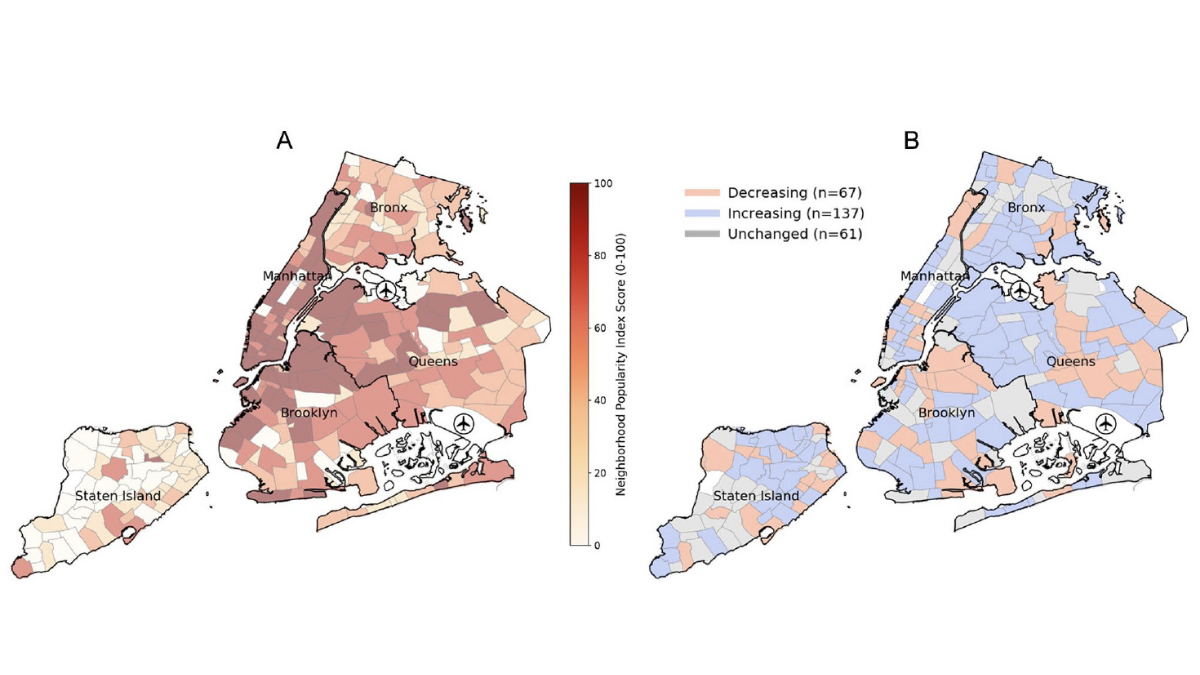
Paper
/ Apr 06,2021
Up-and-Coming or Down-and-Out?
Social Media Popularity as an Indicator of Neighborhood Change
by
Constantine Kontokosta, Yuan Lai

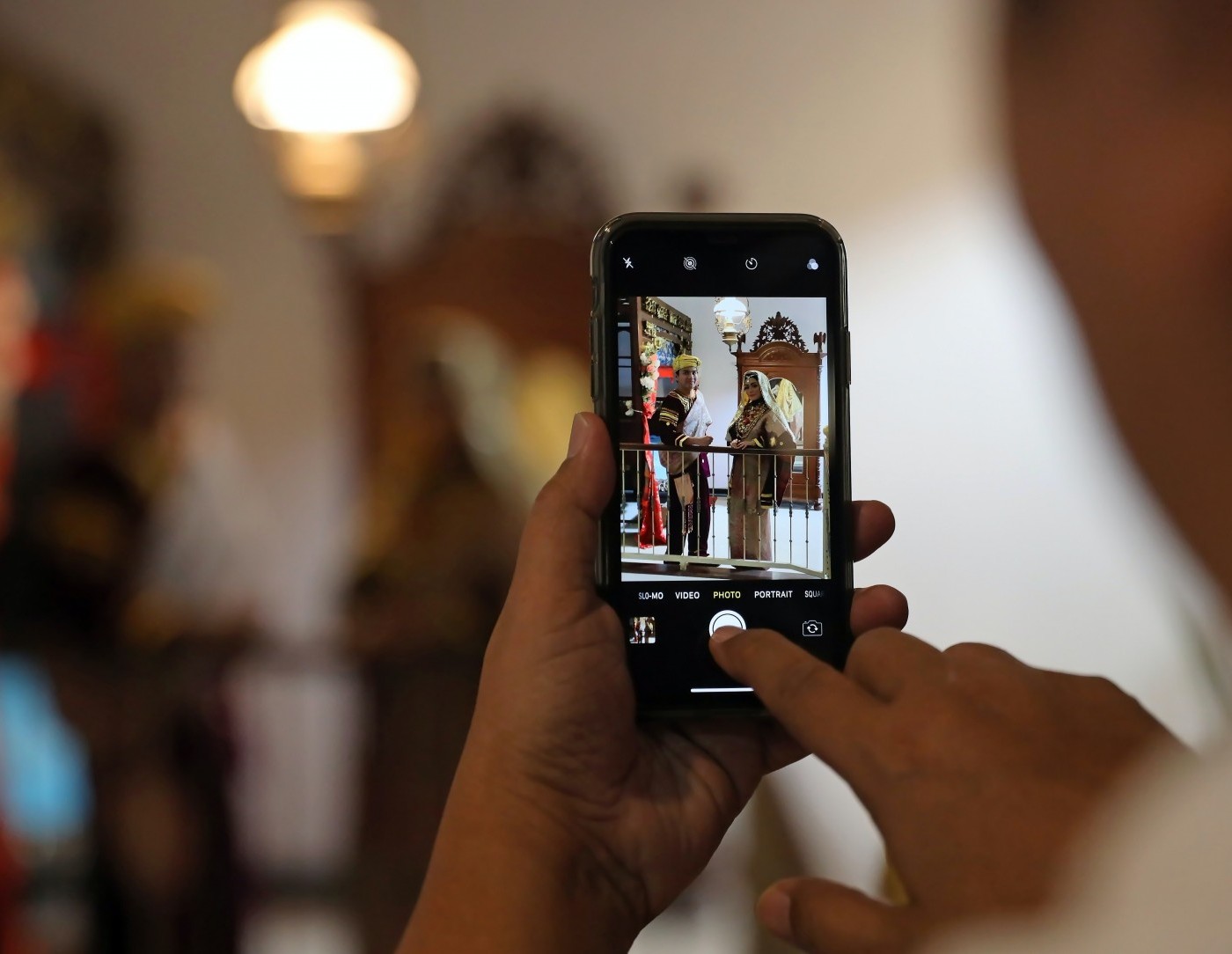
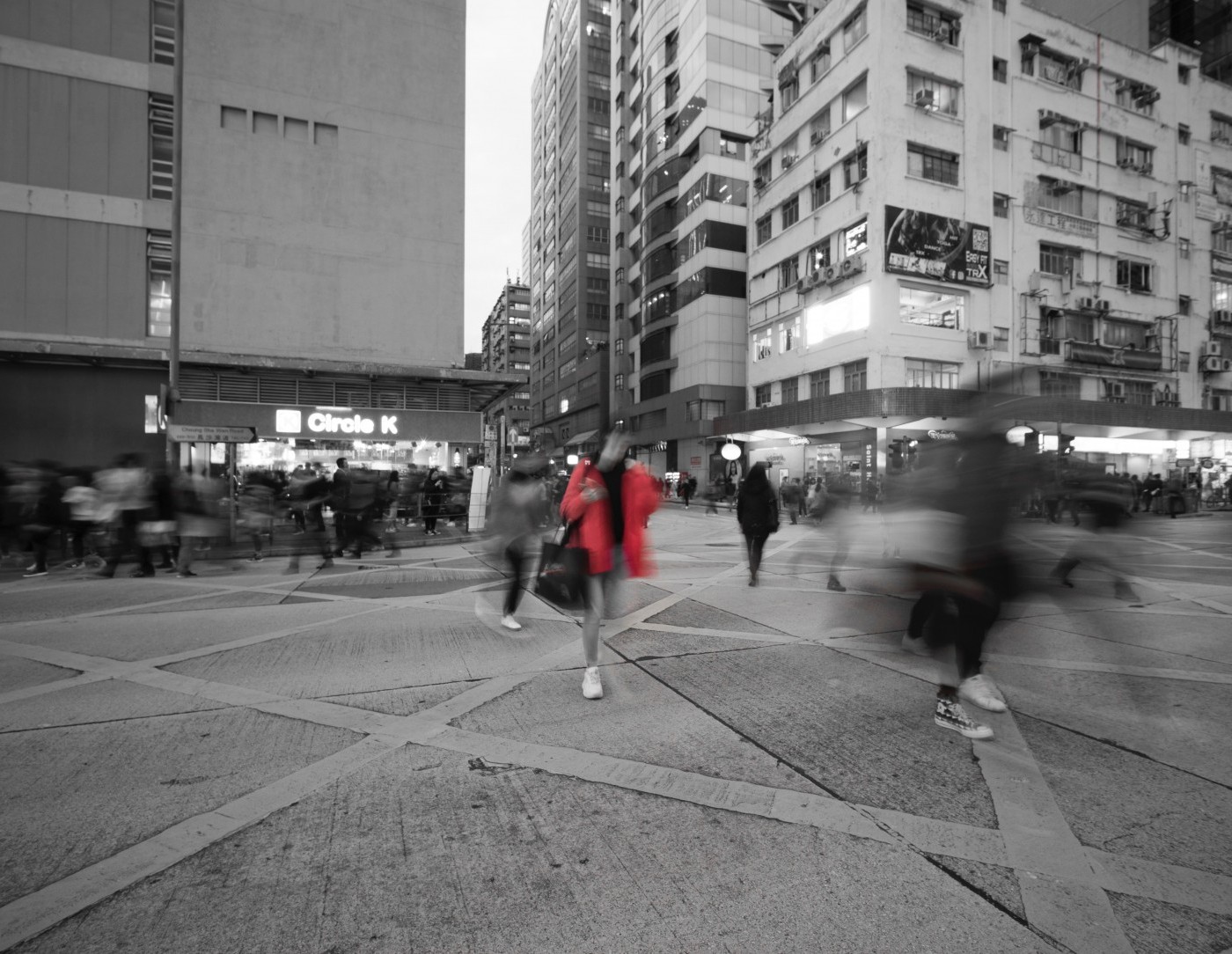
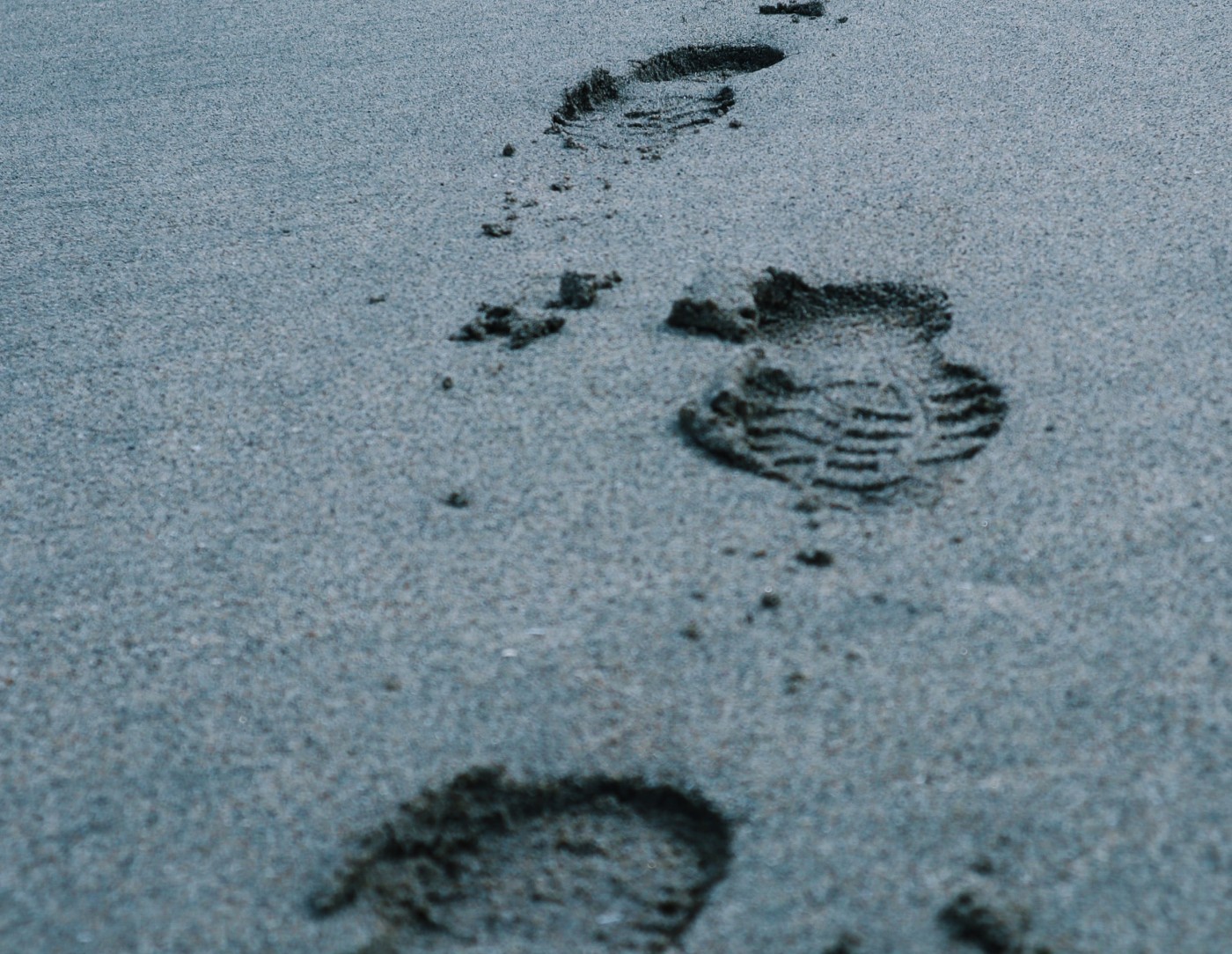

Paper
/ Jul 20,2017
Urban phenology
Toward a real-time census of the city using Wi-Fi data
by
Constantine Kontokosta, Nicholas Johnson
Featured Posts
View all posts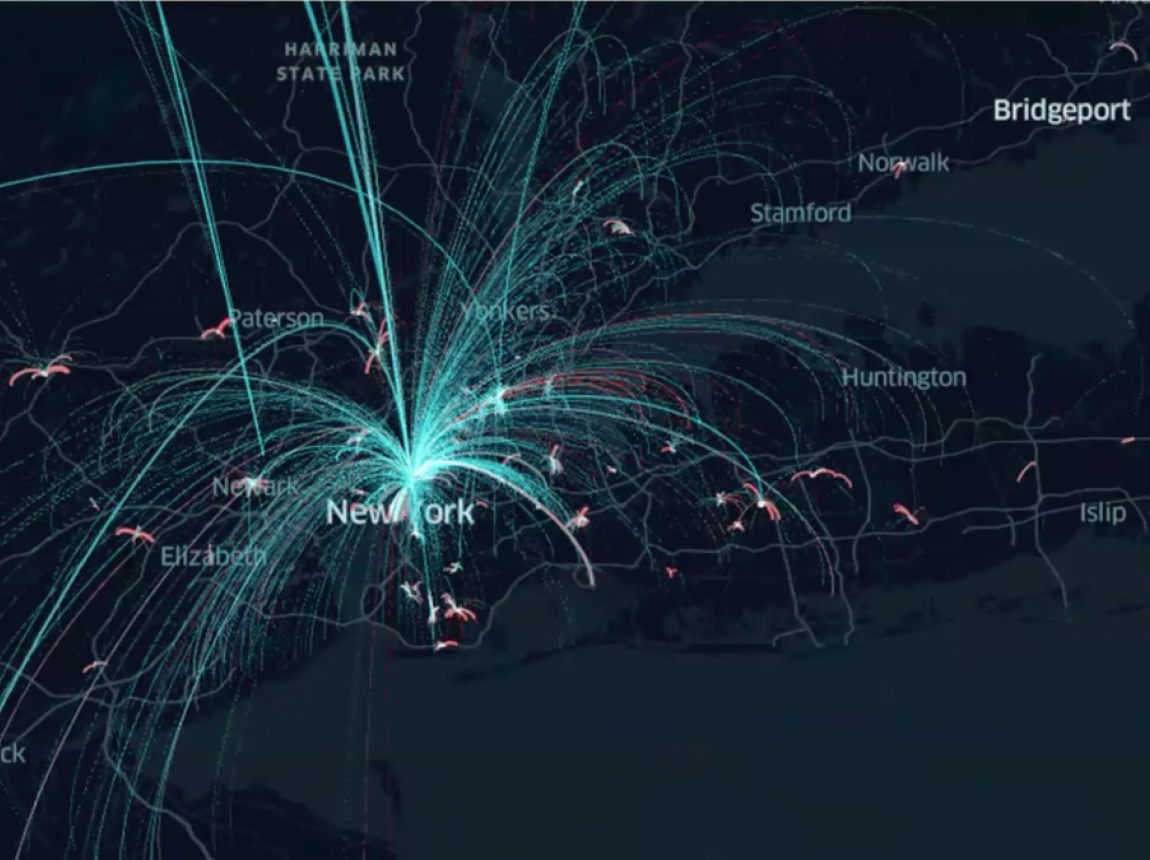
Mar 21,2025
Constantine Kontokosta Speaks
on Commuting Patterns During and After the Pandemic Period
more on:
mobility

Aug 28,2024
Constantine Kontokosta Awarded NSF Grant
to Examine Interconnectedness of Residents from Varied Neighborhoods
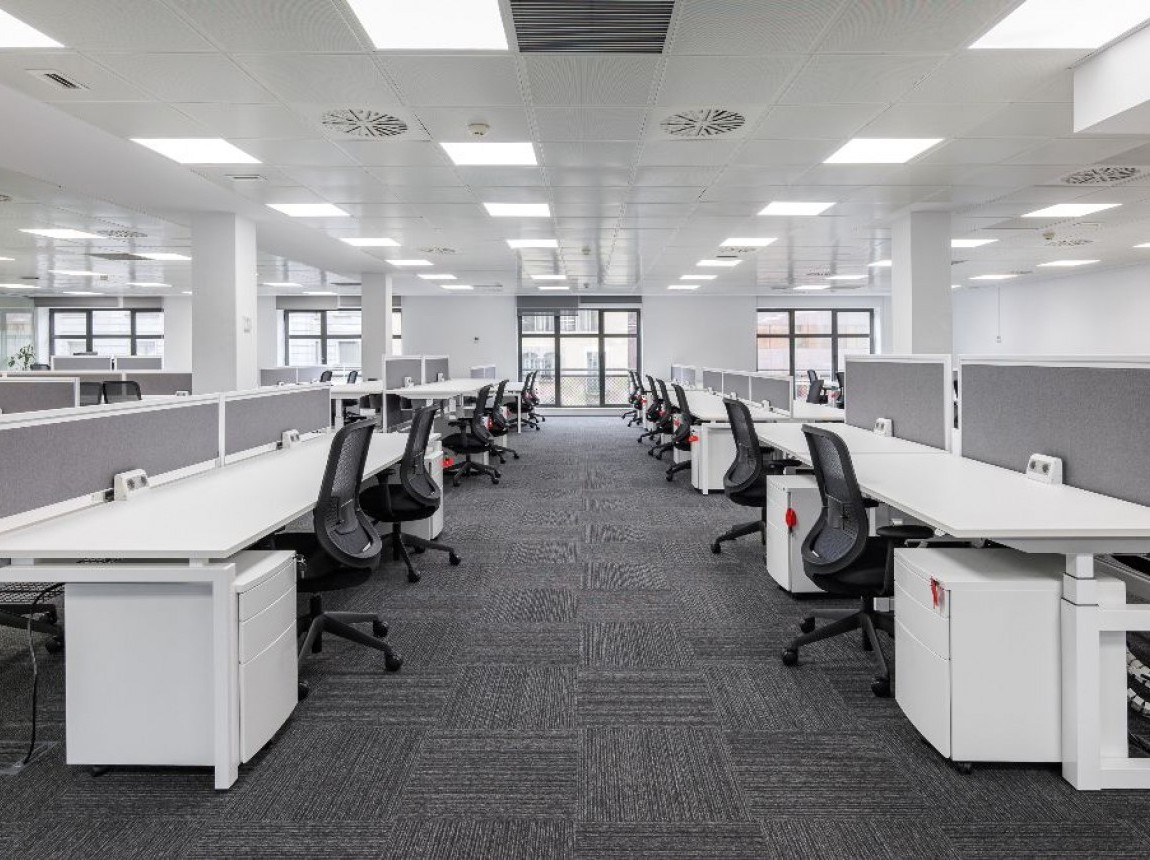
Jul 26,2023
Marron Researchers Study the Impact of Remote Work
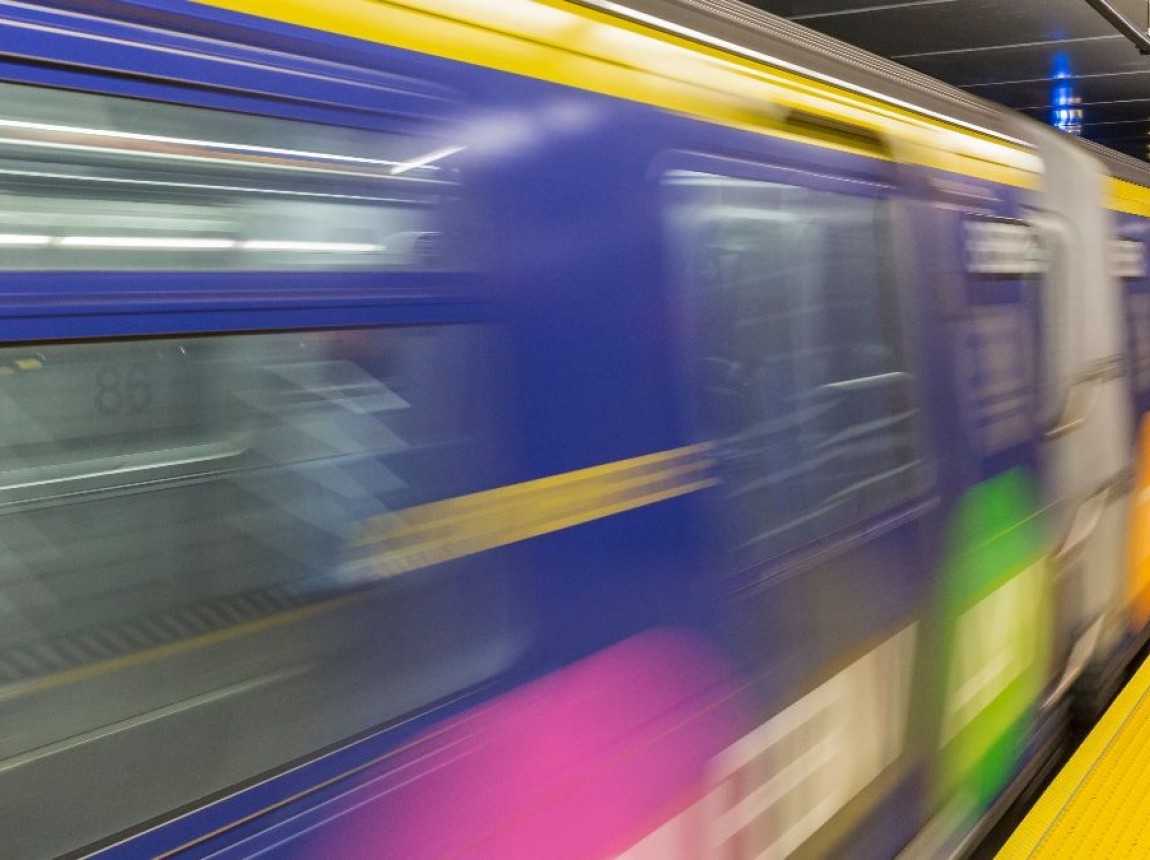
Jun 06,2023
Marron Research Presented
to the National Bureau of Economic Research
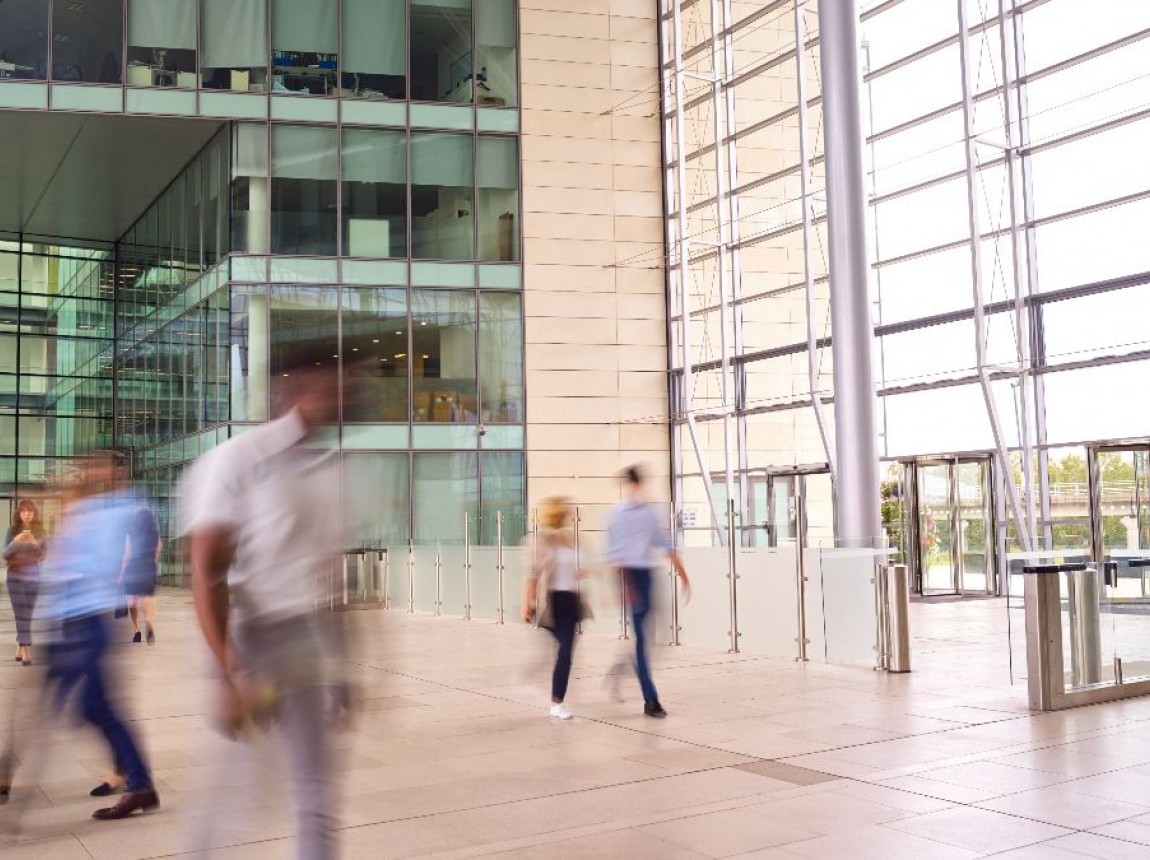
Jan 20,2023
Constantine Kontokosta and Solly Angel
Receive Seed Funding to Study Mobility Patterns and Use of Space
more on:
mobility

Apr 23,2021
Civic Analytics New Research on Resilience
Measuring Inequality in Community Resilience to Natural Disasters
more on:
poverty
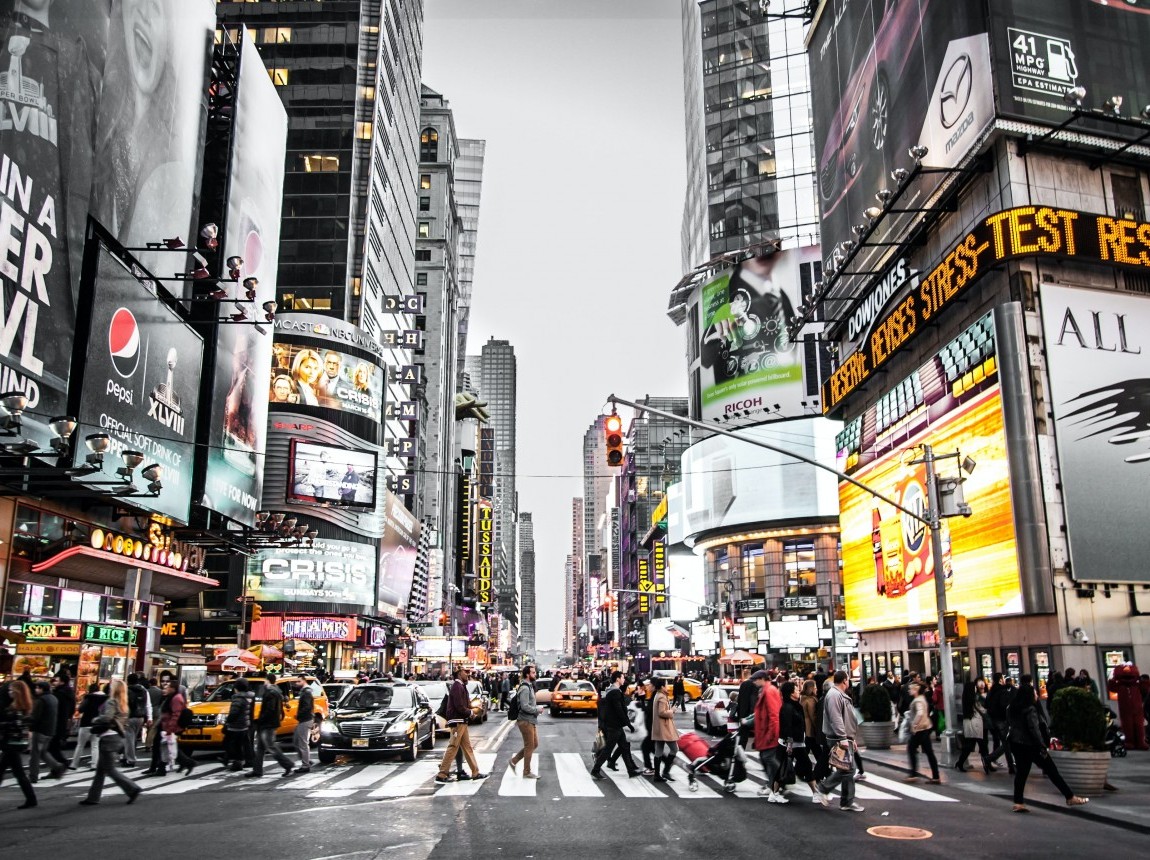
Aug 04,2020
Exposure Density and Neighborhood Disparities
in COVID-19 Infection Risk
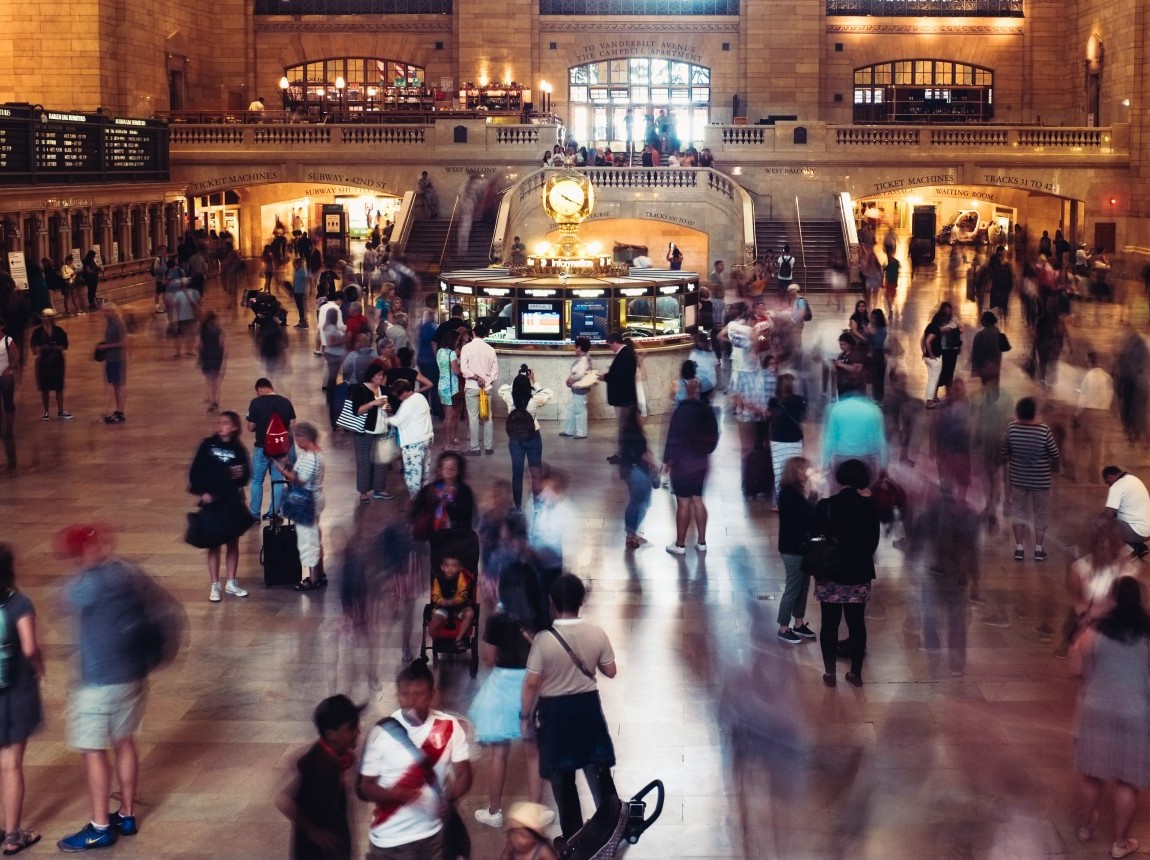
Apr 28,2020
NSF RAPID Awarded to Team Led by Kontokosta
Featured Press Posts
View all press posts
Scientific American
Press
/ Sep 18,2020

